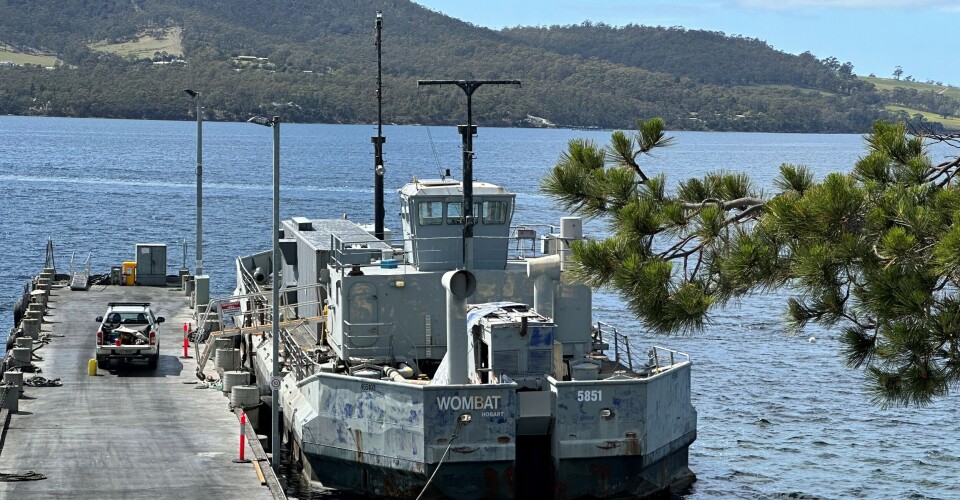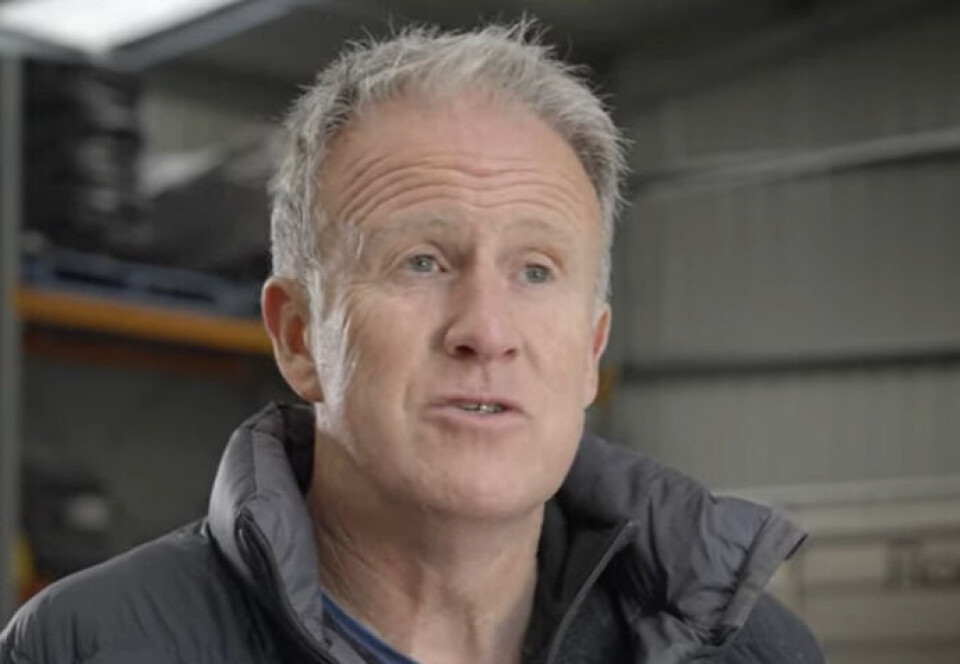
Tasmanian salmon farmers encouraged by efforts to boost Macquarie oxygen levels
Sector is spending A$7m to safeguard skate and its own future in harbour
Initial trials of technology that could save an endangered skate - and salmon farming - in Tasmania’s Macquarie Harbour have taken place successfully, industry body Salmon Tasmania reports.
The Maugean Skate, a species that is found only in Macquarie Harbour, is threatened by low dissolved oxygen levels caused by several factors including climate change and inputs from industries including salmon farming.
Australia’s federal environment and water minister Tanya Plibersek has threatened to “pause” salmon operations in the harbour, despite a halving of salmon harvest volumes to around 9,000 tonnes since 2017 seemingly making no difference to DO levels.
Passive diffusion
To mitigate any impact the sector may have, salmon farmers are funding the Macquarie Harbour Oxygenation Project, which involves reoxygenating the water with machinery mounted on a barge called The Wombat.
Following a successful fit out, researchers and salmon companies have moored the oxygenation barge in place. In initial trials the barge has been drawing water from the sea at depth. Highly concentrated micro and nano bubbles of oxygen were then injected into that water, before it was released back into the deeper water sections of the harbour, elevating dissolved oxygen levels through passive diffusion and natural mixing.
Dr Jeff Ross, associate professor at Tasmania’s Institute for Marine and Antarctic Studies (IMAS) said: “Installation of the scientific monitoring and sensor operations over the past two weeks have been very productive. We have a live sensor array and live deck and underwater cameras operating and despite some initial teething issues with pump operations, which we have now overcome, the oxygenation looked good on camera with no evidence of too much vertical movement of the plume or bubbles.”

Bigger, longer doses
Ross said a provisional plan to pump 500kg/day for three days went very well. The researchers planned to increase this to 720kg/day over the weekend, and will now pause before the next trial so they can process and digest the environmental and performance data.
“We then expect to progressively increase both the oxygen dosage and duration over the coming trials,” said Ross.
Salmon Tasmania chief executive Luke Martin said: “We are the one industry that is showing leadership in responding to the threats to the skate amongst a myriad of inputs into the harbour and we are proud of the teams of scientists and operational crews who are leading the charge.
“The project will cost upward of A$7 million (£3.6m) over the next two years and represents the industry’s major contribution to the Maugean Skate Conservation Recovery Plan. We stand up for a responsible and science led aquaculture industry that is so critical to Tasmania’s economy and hundreds of Tasmanian families.
Offset aquaculture impacts
“Our objective is to test whether the MHOP could form part of a long-term strategy to improve the Macquarie Harbour environment for the skate, while responding to the challenge of warming waters and other climatic factors.
“At a minimum, we aim to offset the total oxygen drawdown of our own salmon aquaculture activities in the Harbour, and further reduce the impact of our operations on the environment.
“Whilst initial trials will use diesel to run the equipment, 100% of diesel used will be offset through carbon initiatives and once proven, we will be seeking a long-term renewable energy source.
“With farmed salmon being one of the world’s most carbon friendly proteins, the importance of the success of our industry should not be understated.”
Learn more about the project in the current issue of Fish Farming Expert magazine, available to read free online.






















































